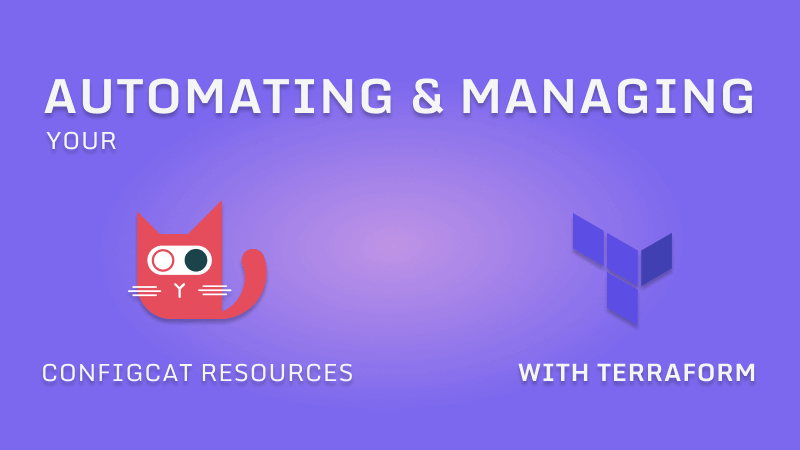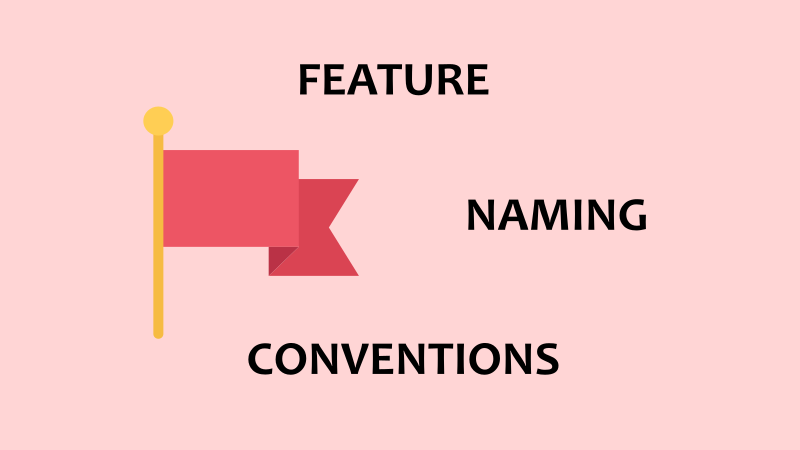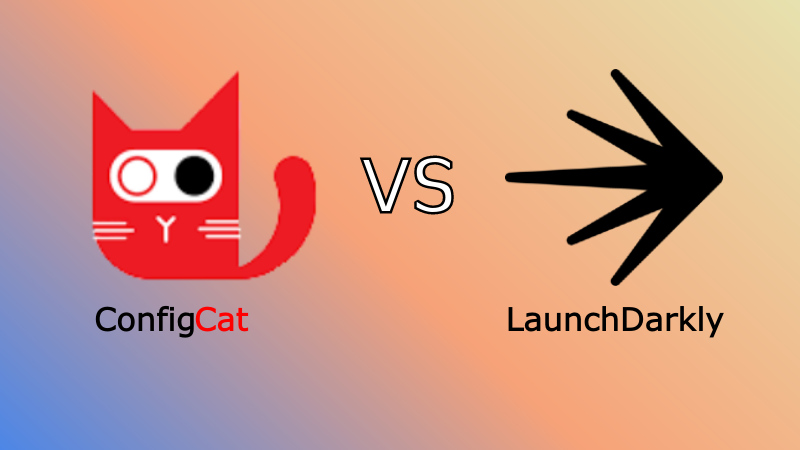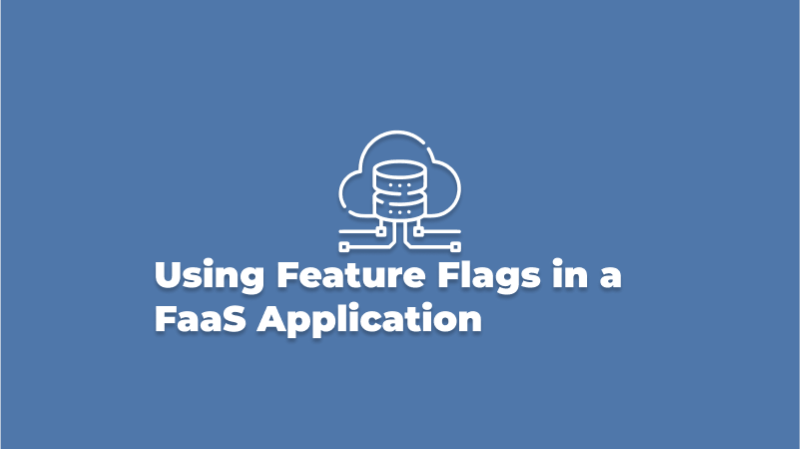How to use feature flags in GODOT Engine
According to an article published by CNET, the growth of the gaming industry is expected to increase. Due to this, new game titles are on the rise as greater demands are placed on gaming companies to remain competitive by keeping their users engaged with new features and updates. With the proper feature flagging mechanism, new features and updates can be effectively managed and released to users.













